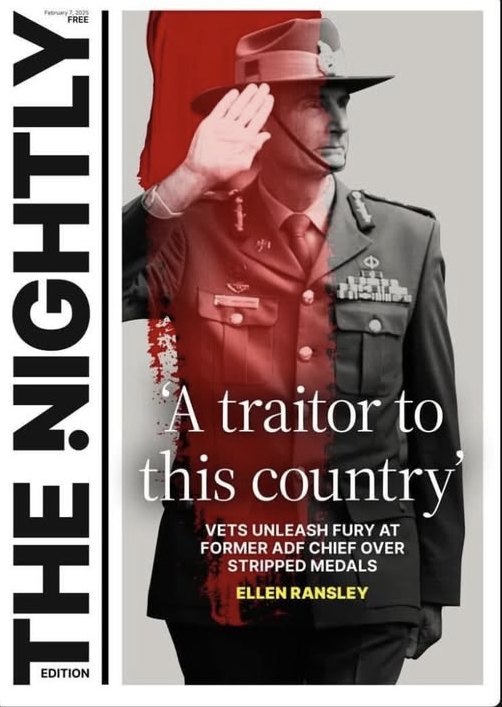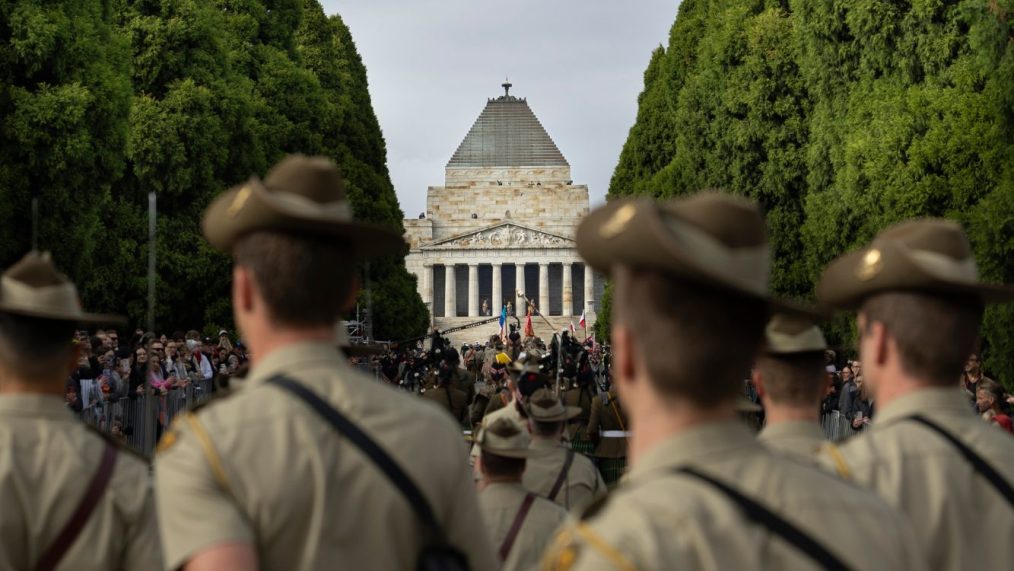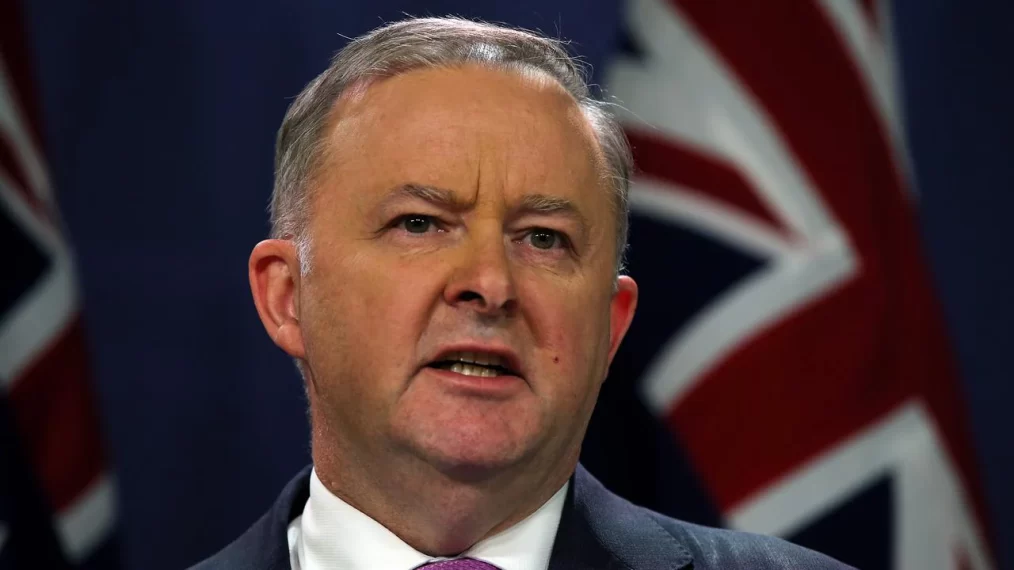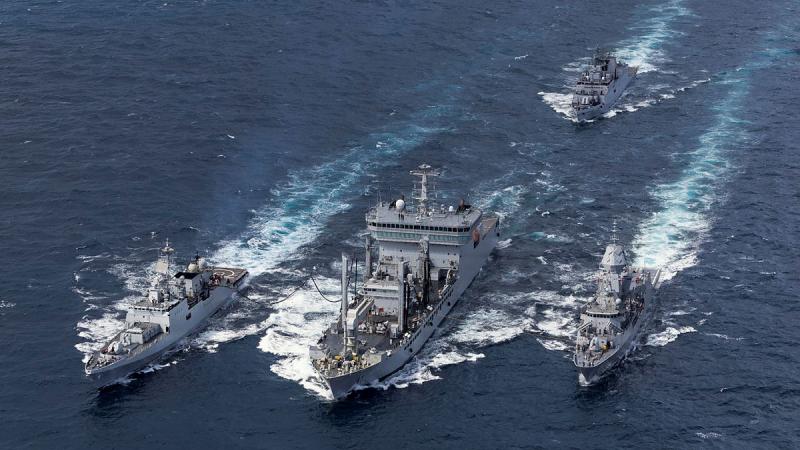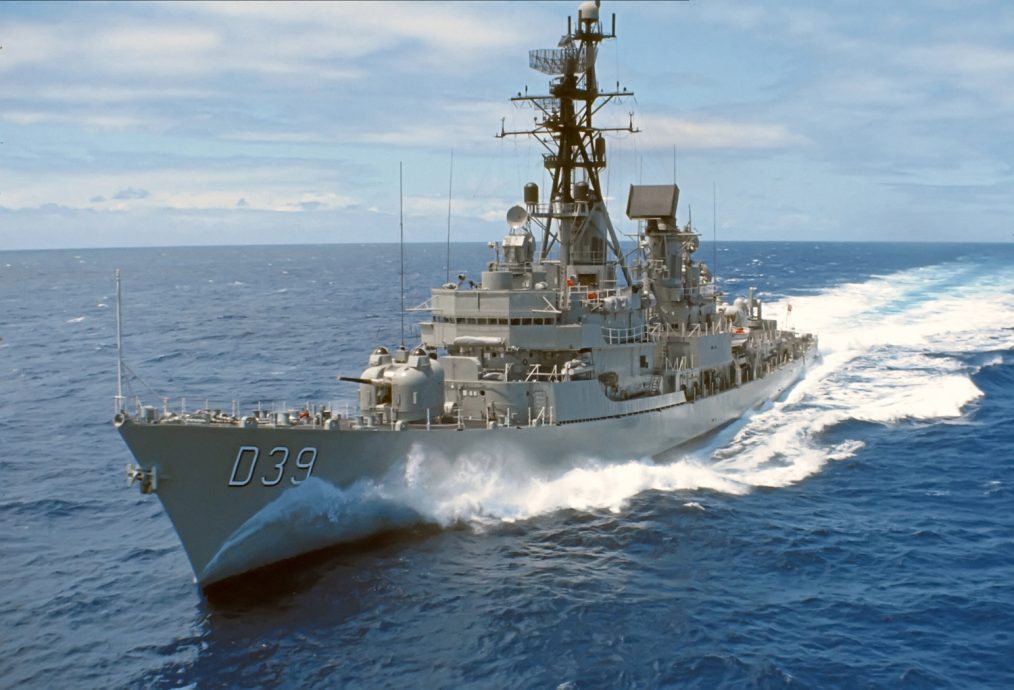The 1st Affair
A married man was having an affair
with his secretary.
One day they went to her place
and made love all afternoon.
Exhausted, they fell asleep
and woke up at 8 PM.
The man hurriedly dressed
and told his lover to take his shoes
outside and rub them in the grass and dirt.
He put on his shoes and drove home.
‘Where have you been?’ his wife demanded.
‘I can’t lie to you,’ he replied,
‘I’m having an affair with my secretary.
We had sex all afternoon.’
She looked down at his shoes and said:
‘You lying bastard!
You’ve been playing golf!’
The 2nd Affair
A middle-aged couple had two beautiful daughters
but always talked about having a son.
They decided to try one last time
for the son they always wanted.
The wife got pregnant
and delivered a healthy baby boy.
The joyful father rushed to the nursery
to see his new son.
He was horrified at the ugliest child
he had ever seen.
He told his wife:
‘There’s no way I can
be the father of this baby.
Look at the two beautiful daughters I fathered!
Have you been fooling around behind my back?’
The wife smiled sweetly and replied:
‘No, not this time!’
The 3rd Affair
A mortician was working late one night.
He examined the body of Mr. Schwartz,
about to be cremated,
and made a startling discovery.
Schwartz had the largest private part
he had ever seen!
‘I’m sorry Mr. Schwartz,’ the mortician
commented, ‘I can’t allow you to be cremated
with such an impressive private part.
It must be saved for posterity..’
So, he removed it,
stuffed it into his briefcase,
and took it home.
‘I have something to show
you won’t believe,’ he said to his wife,
opening his briefcase.
‘My God!’ the wife exclaimed,
‘Schwartz is dead!’
The 4th Affair
A woman was in bed with her lover
when she heard her husband
opening the front door.
‘Hurry,’ she said, ‘stand in the corner.’
She rubbed baby oil all over him,
then dusted him with talcum powder.
‘Don’t move until I tell you,’
she said. ‘Pretend you’re a statue..’
‘What’s this?’ the husband inquired
as he entered the room.
‘Oh it’s a statue,’ she replied.
‘The Smiths bought one and I liked it
so I got one for us, too.’
No more was said,
not even when they went to bed.
Around 2 AM the husband got up,
went to the kitchen and returned
with a sandwich and a beer.
‘Here,’ he said to the statue, ‘have this.
I stood like that for two days at the Smiths
and nobody offered me a damned thing.’
The 5th Affair
A man walked into a cafe,
went to the bar and ordered a beer.
‘Certainly, Sir, that’ll be one cent.’
‘One Cent?’ the man exclaimed.
He glanced at the menu and asked:
‘How much for a nice juicy steak
and a bottle of wine?’
‘A nickel,’ the barman replied.
‘A nickel?’ exclaimed the man.
‘Where’s the guy who owns this place?’
The bartender replied:
‘Upstairs, with my wife.’
The man asked: ‘What’s he doing upstairs with your wife?’
The bartender replied:
‘The same thing I’m doing
to his business down here.’
The 6th & Best Affair
Jake was dying. His wife sat at the bedside.
He looked up and said weakly:
‘I have something I must confess.’
‘There’s no need to, ‘his wife replied.
‘No,’ he insisted,
‘I want to die in peace.
I slept with your sister, your best friend,
her best friend, and your mother!’
‘I know,’ she replied.
‘Now just rest and let the poison work.’

